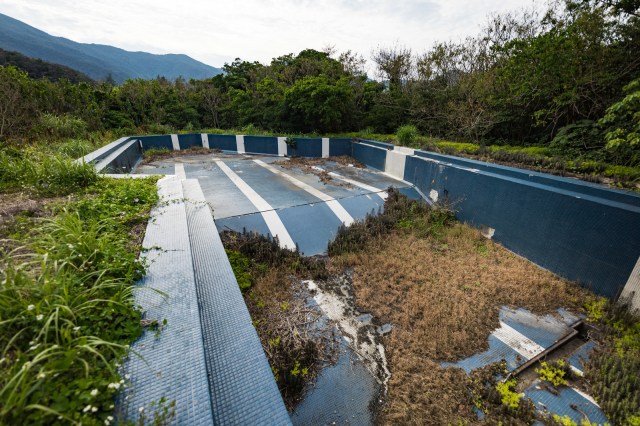
Sadly, quintessential anime scenes of rooftop swimming classes may be coming to an end soon.
Japanese schools have had their own pools for decades, sometimes built into the very roof to save space. Many Japanese adults probably fondly remember the P.E. classes they spent swimming with their classmates under the summer sun, laughing and splashing under the strict eye of their teachers.
Unfortunately, according to the Ministry of Education, Culture, Sports, Science and Technology, younger generations may not get to make those same fond memories in the future. Due to the financial and emotional burden of conducting swimming classes on campus, a lot of public schools are choosing to shut down their pools and send their students to a private pools and swimming schools instead.
The number of schools choosing to do so is steadily increasing. In 1996, there were more than 20,000 elementary schools nationwide that had their own pool, but by 2015 that number had decreased by about 25 percent, to just over 15,000. While part of those are schools that closed because of the declining birth rate, it still leaves about 1,000 elementary schools that decided to close just their pools.
That’s partly because many campus pools are quite old and are in dire need of repair. At this time, about 70 percent are over 25 years old and need some major touch-ups, and within the next 15 years a large share of the pools will be over 45 years old, which means they will have to be completely rebuilt. The cost to repair and renovate the pools is extremely high, so many municipalities consider the investment to not be worth the trouble.
Even if the pools are in decent condition, maintaining them racks up a large bill. Unlike other janitorial duties, the maintenance of campus pools is delegated to hired professionals who are not part of school personnel, which can be expensive. And that’s not to mention the cost of the water, the chemicals needed to keep it clean, and the cleaning of the area around the pool, as well.
One elementary school in Sakura City, Chiba, is estimated to save about one million yen every month (about US$9,000) after switching their classes to a private pool. If all of the city’s 34 schools were to do the same, the school district could probably save an exponential amount of money every year, great sums that could be applied to other more necessary but equally outdated facilities.
Making use of private pools also helps the teachers out immensely. Swimming classes conducted at the pool on campus require the P.E. teacher to be in charge of the children’s safety in the water, and for someone who is not a trained swimming coach, that is a heavy burden to bear.
Not only that, but school teachers also appreciate having the extra hands in the “classroom”, so to speak, that are present when the children are learning at a private pool or with a professional swimming coach. Overall, not leaving the teachers in charge of swimming classes lessens their stress by a fair amount.
▼ That means fewer opportunities for dangerous shenanigans like this.
That’s not to say the switches don’t come with challenges. There is a lot of logistic planning involved; transporting the students and arranging chaperones is a major concern, especially when classes are large or when they have to travel longer distances. Then there’s the problem of scheduling if multiple schools are using the same facilities, and whether there will be enough facilities for all of the schools plus the local population.
Yet it seems that the plan is in motion across the country. Japanese students, for one, seem to appreciate the change. In a survey conducted by Sakura City, about 98 percent of the students who participated in an off-campus swimming class said they enjoyed the lesson, and 85 percent said their swimming improved. Another benefit to using private pools and swimming schools, which are often indoor pools, is that swimming classes can be conducted throughout the year, instead of just in summer; what kid wouldn’t love a P.E. class spent in the pool, at any time of the year?
Japanese netizens generally seem to be in favor of the idea, as well, though some weren’t exactly on board:
“The cost and the burden on the teachers is pretty high. Maybe it is better to outsource the responsibility.”
“I think it’s a pretty good idea to have swimming classes at private pools instead. But it sounds like the transportation costs would be pretty high in the countryside.”
“They should invest in air conditioning instead of spending money on pools.”
“It might be expensive, but there’s no disadvantage to having them learn. The methods for building pools have improved a lot, so if they just rebuild them it shouldn’t be any problem.”
“It seems to me that the number of kids who are able to swim will decrease, or the number of drowning incidents may increase.”
There are still thousands of schools with their own pools, so many Japanese children might not miss out on the quintessential experience of an on-campus pool day any time soon. However, with the high expenses for schools and a slowly shrinking population to fund them, we might see more and more abandoned campus pools as time goes on.
But don’t worry! They won’t just go to waste; there are plenty of other things schools can do with them, like making them into a shark aquarium.
Source: Livedoor News via My Game News Flash
Top Image: Pakutaso
Insert Images: Pakutaso (1, 2, 3, 4)

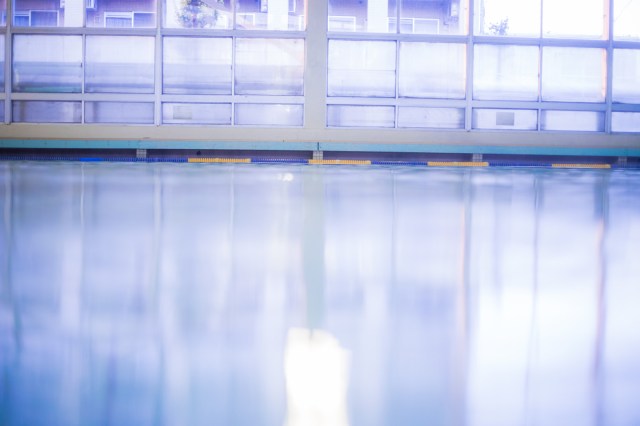
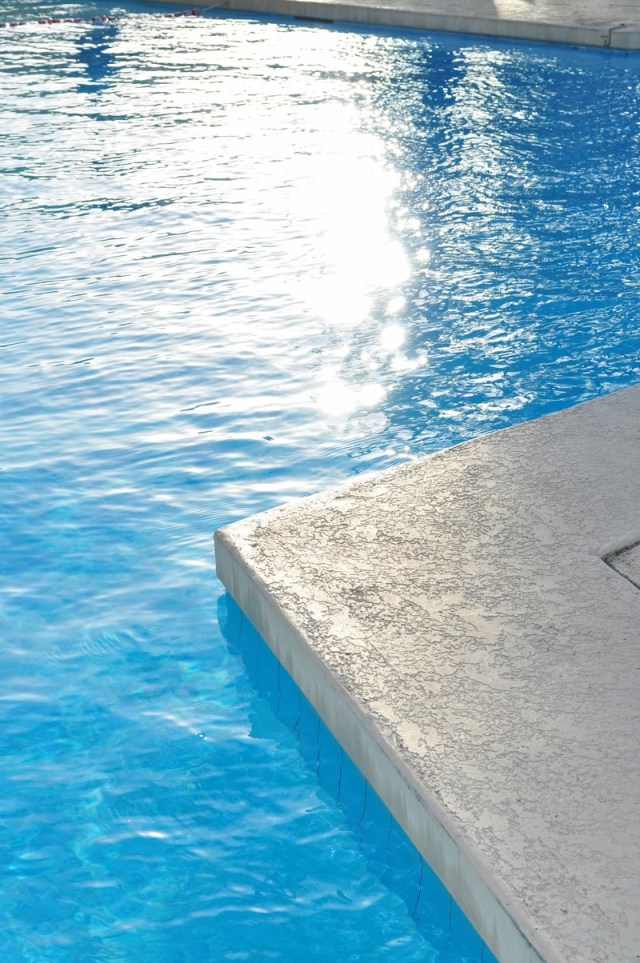
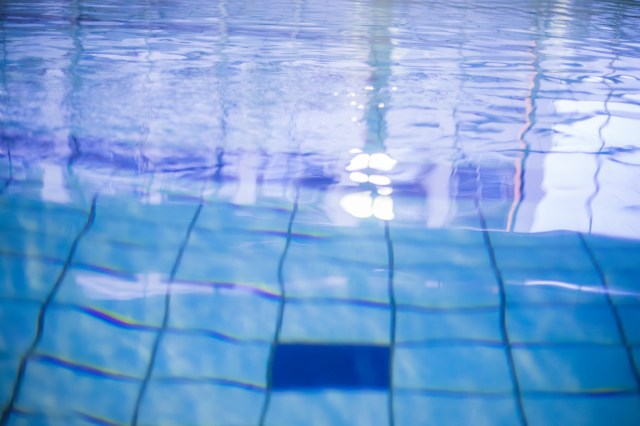
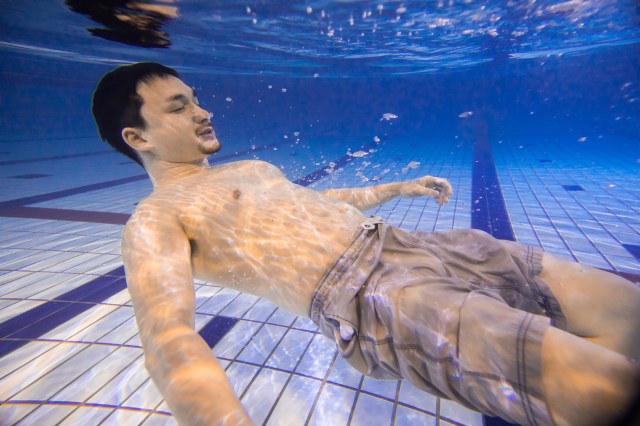
 Japanese public school to allow male students to wear skirts, chest ribbons as part of uniform
Japanese public school to allow male students to wear skirts, chest ribbons as part of uniform Kicking for maximum swimming speed? You might be doing it wrong, Japanese researchers say
Kicking for maximum swimming speed? You might be doing it wrong, Japanese researchers say Japanese town suffers population decline, turns its local elementary school into an aquarium
Japanese town suffers population decline, turns its local elementary school into an aquarium Genius Chinese college students use indoor inflatable pools to beat summer heat
Genius Chinese college students use indoor inflatable pools to beat summer heat Teacher disciplined for drinking alcohol during class in Japan
Teacher disciplined for drinking alcohol during class in Japan Japan’s new difficult-to-drink-from beer glass protects your liver, but it’s a brutal experience
Japan’s new difficult-to-drink-from beer glass protects your liver, but it’s a brutal experience Demon Slayer: Kimetsu no Yaiba gets new roller coaster attractions and food at Universal Studios Japan
Demon Slayer: Kimetsu no Yaiba gets new roller coaster attractions and food at Universal Studios Japan How to order snacks on a Shinkansen bullet train in Japan
How to order snacks on a Shinkansen bullet train in Japan Burger King Japan suddenly adds Dr. Pepper and Dr. Pepper floats to its menu nationwide
Burger King Japan suddenly adds Dr. Pepper and Dr. Pepper floats to its menu nationwide New Pokémon ice cream, dessert drinks, and cool merch coming to Baskin-Robbins Japan【Pics】
New Pokémon ice cream, dessert drinks, and cool merch coming to Baskin-Robbins Japan【Pics】 Caffeinated ramen for gamers that you can eat with one hand going on sale in Japan
Caffeinated ramen for gamers that you can eat with one hand going on sale in Japan New samurai glasses are Japan’s latest weird must-have souvenir
New samurai glasses are Japan’s latest weird must-have souvenir McDonald’s adds new watermelon frappe and fruity macaron to its menu in Japan
McDonald’s adds new watermelon frappe and fruity macaron to its menu in Japan Princesses, fruits, and blacksmiths: Study reveals the 30 most unusual family names in Japan
Princesses, fruits, and blacksmiths: Study reveals the 30 most unusual family names in Japan We check out the local flavors of the commonly confused Ome and Aomi areas of Tokyo in one day
We check out the local flavors of the commonly confused Ome and Aomi areas of Tokyo in one day Nintendo history you can feel – Super NES, N64, and GameCube controllers become capsule toys
Nintendo history you can feel – Super NES, N64, and GameCube controllers become capsule toys Hello, cosmetics! Clinique teams up with Hello Kitty this summer for first-time collaboration
Hello, cosmetics! Clinique teams up with Hello Kitty this summer for first-time collaboration “The most Delicious Cup Noodle in history” – Japan’s French Cup Noodle wins our heart【Taste test】
“The most Delicious Cup Noodle in history” – Japan’s French Cup Noodle wins our heart【Taste test】 Starbucks releases a cute Frappuccino and Unicorn Cake…but not in Japan
Starbucks releases a cute Frappuccino and Unicorn Cake…but not in Japan Kyoto Tower mascot termination reveals dark side behind cute Japanese characters
Kyoto Tower mascot termination reveals dark side behind cute Japanese characters McDonald’s Japan’s Soft Twist Tower: A phantom ice cream only sold at select branches
McDonald’s Japan’s Soft Twist Tower: A phantom ice cream only sold at select branches Yabai Ramen: What makes this Japanese ramen so dangerous?
Yabai Ramen: What makes this Japanese ramen so dangerous? Finally! Nintendo Japan expands Switch 8-bit controller sales to everybody, Online member or not
Finally! Nintendo Japan expands Switch 8-bit controller sales to everybody, Online member or not Japanese government wants to build luxury resorts in all national parks for foreign tourists
Japanese government wants to build luxury resorts in all national parks for foreign tourists To combat declining birth rate, Japan to begin offering “Breeding Visas” to foreigners
To combat declining birth rate, Japan to begin offering “Breeding Visas” to foreigners 10 things you should buy at 7-Eleven in Japan
10 things you should buy at 7-Eleven in Japan Studio Ghibli releases anime heroine cosplay dresses that are super comfy to wear
Studio Ghibli releases anime heroine cosplay dresses that are super comfy to wear Woman charged for driving suitcase without a license in Osaka
Woman charged for driving suitcase without a license in Osaka Studio Ghibli unveils My Neighbour Totoro miniature house model
Studio Ghibli unveils My Neighbour Totoro miniature house model Kyoto experiencing problems with foreign tourists not paying for bus fares, but not on purpose
Kyoto experiencing problems with foreign tourists not paying for bus fares, but not on purpose Fighting mild hunger with a Japanese soda that turns into jelly in the stomach【Taste test】
Fighting mild hunger with a Japanese soda that turns into jelly in the stomach【Taste test】 Studio Ghibli’s Howl’s Moving Castle tapestry unveiled in Japan for first time
Studio Ghibli’s Howl’s Moving Castle tapestry unveiled in Japan for first time McDonald’s new Happy Meals offer up cute and practical Sanrio lifestyle goods
McDonald’s new Happy Meals offer up cute and practical Sanrio lifestyle goods Sales of Japan’s most convenient train ticket/shopping payment cards suspended indefinitely
Sales of Japan’s most convenient train ticket/shopping payment cards suspended indefinitely Sold-out Studio Ghibli desktop humidifiers are back so Totoro can help you through the dry season
Sold-out Studio Ghibli desktop humidifiers are back so Totoro can help you through the dry season Japanese government to make first change to romanization spelling rules since the 1950s
Japanese government to make first change to romanization spelling rules since the 1950s Foreigner’s request for help in Tokyo makes us sad for the state of society
Foreigner’s request for help in Tokyo makes us sad for the state of society Ghibli founders Toshio Suzuki and Hayao Miyazaki contribute to Japanese whisky Totoro label design
Ghibli founders Toshio Suzuki and Hayao Miyazaki contribute to Japanese whisky Totoro label design Doraemon found buried at sea as scene from 1993 anime becomes real life【Photos】
Doraemon found buried at sea as scene from 1993 anime becomes real life【Photos】 Tokyo’s most famous Starbucks is closed
Tokyo’s most famous Starbucks is closed Stingy people rejoice as Japanese restaurants in New York introduce a ban on tipping
Stingy people rejoice as Japanese restaurants in New York introduce a ban on tipping Helicopter dog would prefer his boy wore water wings
Helicopter dog would prefer his boy wore water wings “A dead bug” and other amusing, adorable, snarky, and downright ridiculous test responses
“A dead bug” and other amusing, adorable, snarky, and downright ridiculous test responses Watch as lucky scooter rider sent flying by car is saved by an inflatable pool【TomoNews Video】
Watch as lucky scooter rider sent flying by car is saved by an inflatable pool【TomoNews Video】 High school swimming club makes a splash with their synchronized performances【Video】
High school swimming club makes a splash with their synchronized performances【Video】 Snappy as they look, Japanese school uniforms can be an extremely expensive hassle for parents
Snappy as they look, Japanese school uniforms can be an extremely expensive hassle for parents City of Kawasaki to rent out entire theme park for local elementary school students
City of Kawasaki to rent out entire theme park for local elementary school students Line up in the hall, open your shirts, show your bras – Real instructions from one Japanese school
Line up in the hall, open your shirts, show your bras – Real instructions from one Japanese school Japan’s Shizuoka bans teachers from personal communication with students on social media
Japan’s Shizuoka bans teachers from personal communication with students on social media Famous hot springs of Beppu now offering portable inflatable onsen with authentic Beppu water
Famous hot springs of Beppu now offering portable inflatable onsen with authentic Beppu water Can these swimsuit clad cosplay waitresses interest you in some “Shaved Leg Hair Pasta”?
Can these swimsuit clad cosplay waitresses interest you in some “Shaved Leg Hair Pasta”? Petition to allow students to choose what they wear to school gathers almost 19,000 signatures
Petition to allow students to choose what they wear to school gathers almost 19,000 signatures Japan’s first genderless, two-piece school swimsuits are now available for adoption by schools
Japan’s first genderless, two-piece school swimsuits are now available for adoption by schools Majority of Nagasaki high schools and middle schools have white-underwear-only rules, study finds
Majority of Nagasaki high schools and middle schools have white-underwear-only rules, study finds Osaka earthquake: Scenes show damage from strongest tremor to hit the region in decades
Osaka earthquake: Scenes show damage from strongest tremor to hit the region in decades Board of education suspends Japanese teacher who stockpiled 750 pairs of panties at school
Board of education suspends Japanese teacher who stockpiled 750 pairs of panties at school
Leave a Reply